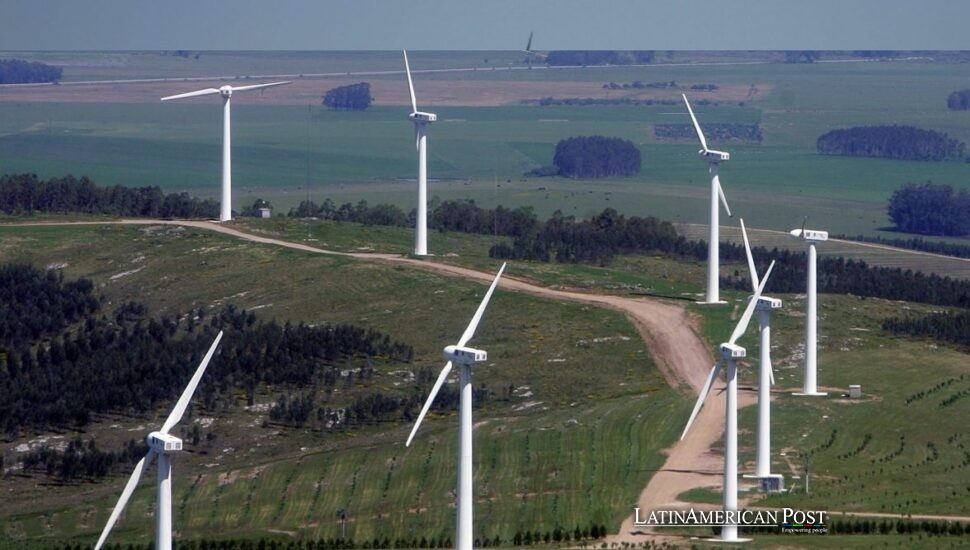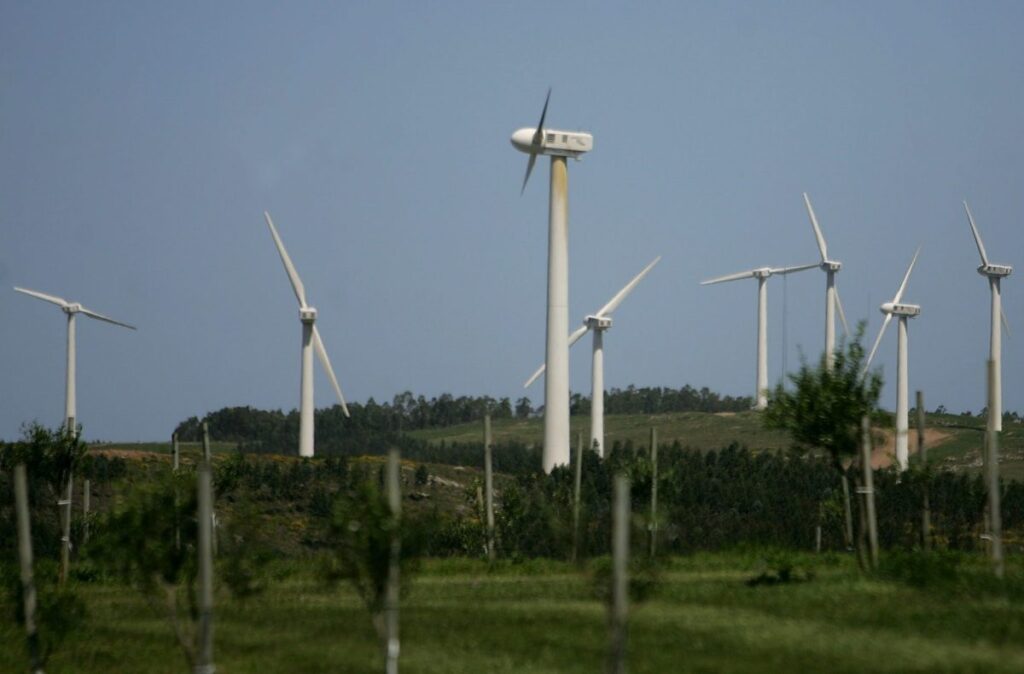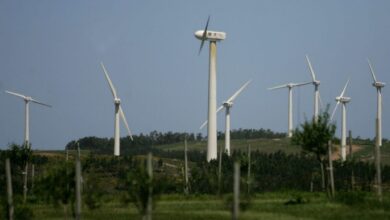How Uruguay Chose Clean Power and Won the World’s Attention

Uruguay didn’t stumble into clean power; it chose it, relentlessly. Under Ramón Méndez Galain, the country reengineered policy, markets, and hardware to run almost entirely on renewables. The Washington Post chronicles his next act: exporting a hard-won playbook worldwide today.
A Physicist Walks Into an Energy Crisis
In 2008, Ramón Méndez Galain was a particle physicist, teaching students about the origins of the universe. Then came the call that would change everything. As The Washington Post reports, President Tabaré Vázquez asked him to take charge of Uruguay’s failing energy system.
Méndez Galain, who described himself as “a simple university professor,” hesitated—but said yes. What followed was neither a pilot project nor a press release. It was a system overhaul.
In just five years, Uruguay flipped its energy mix from dependence on imported fossil fuels to a grid run almost entirely on hydropower, wind, solar, and sustainable biomass. “We proved that yes, it is possible to manage a power system with almost 100 percent renewables,” Méndez Galain told The Washington Post.
By 2023, renewables supplied 99 percent of the country’s electricity. Costs fell, power became cheaper, and about 50,000 new jobs—nearly 3 percent of the workforce—were created. Uruguay even exported clean energy to Argentina and Brazil.
The lesson? Politics mattered as much as megawatts. A cross-party pact ensured policies survived elections, giving investors confidence to back turbines, solar parks, and transmission lines.
Politics, Not Just Technology, Did the Heavy Lifting
It’s tempting to tell Uruguay’s story as a parade of wind turbines and solar farms. But as Méndez Galain stressed to The Washington Post, the real revolution began with rules, models, and persuasion.
His team built advanced grid-simulation tools, forecasting intermittency, testing stability, and showing how renewables could complement each other. The models became a weapon. When critics warned of instability or price spikes, the simulations proved the opposite. Facts beat fears.
Then came regulatory surgery. “We are asking renewables to play with rules which are not adequate for them, and so they will never win,” he told The Washington Post. Uruguay responded by rewriting the rules of the market. Long-term contracts, clear incentives, and inclusive planning sessions gave everyone a stake: utilities, developers, financiers, unions, and local communities. Consensus itself became a project delivery tool.
As Amanda Maxwell of the Natural Resources Defense Council told The Washington Post, Uruguay’s small size, lack of fossil reserves, and stable institutions helped. But “political will, stability” were not geological accidents—they were choices. In fact, the absence of oil and gas sharpened Uruguay’s focus on sovereignty and affordability. By not importing fuels, the nation gained immediate economic and security benefits.
From Montevideo to the World, Without the Fairy Tale
Now, Méndez Galain wants to prove Uruguay’s playbook can travel across borders. He leads Ivy, a nonprofit advising governments on their own transitions. He told The Washington Post his goal: to help 50 countries in a decade adopt versions of Uruguay’s model.
That ambition just drew a significant vote of confidence. Climate Breakthrough awarded him $4 million. “Ramón has clearly demonstrated he has exactly that rare blend of vision and execution,” said Savanna Ferguson, the group’s executive director, in an interview with The Washington Post.
Skeptics caution that Uruguay is not Indonesia, not India. With just 3.3 million people, abundant hydropower, and neighbors willing to trade, Uruguay’s context is unique. But the value of its story is not cloning—it’s demonstration.
Angela Pachon of the University of Pennsylvania’s Kleinman Center told The Washington Post that small or fossil-poor nations can adopt much directly. Even resource-rich countries can apply lessons: cross-party compacts, credible modeling, markets that pay for flexibility, and investment frameworks that de-risk projects.
Still, the obstacles are real. Coal, oil, and gas incumbency will not disappear overnight. Transmission build-out threatens to become the bottleneck everywhere. And even when renewables are cheapest, they can still be disadvantaged by outdated rules or balance sheets. Méndez Galain’s bluntest lesson, told to The Washington Post, is clear: “You must change the system to fit the resource, not the other way around.”

EFE@Iván Franco
Stop Asking Whether It’s Possible; Start Asking Who Goes First
The global conversation still obsesses over whether grids can run reliably on high shares of renewables. Uruguay already answered that question. Its grid hums on wind, sun, water, and biomass, balanced by contracts, interconnections, and flexibility markets.
So the more relevant questions now are political. Who will build coalitions that outlast elections? Who will redesign markets to value capacity and flexibility, not just kilowatt-hours? Who will fund transmission and storage at the scale required? Who will align communities so projects are welcomed rather than buried in lawsuits?
The Washington Post’s reporting captures Méndez Galain’s mix of audacity and humility. He is not promising miracles. He is offering muscle memory. Uruguay showed that cheaper power, jobs, and security can all come together when politics and engineering march in step.
“Sometimes there is just a lack of vision from policymakers,” Pachon told The Washington Post. Vision spreads fastest when it comes with data, laws, and shovel-ready substations.
Also Read: After the Migrant Boom, Colombians Struggle to Rebuild Their Caribbean Economies
The world doesn’t need another sermon about net zero. It needs examples, not excuses. Uruguay has already delivered one. The question is who will follow. If larger nations adopt the blueprint, a decade from now, clean power won’t be a marvel. It will be the new normal—obvious, overdue, and unstoppable.





